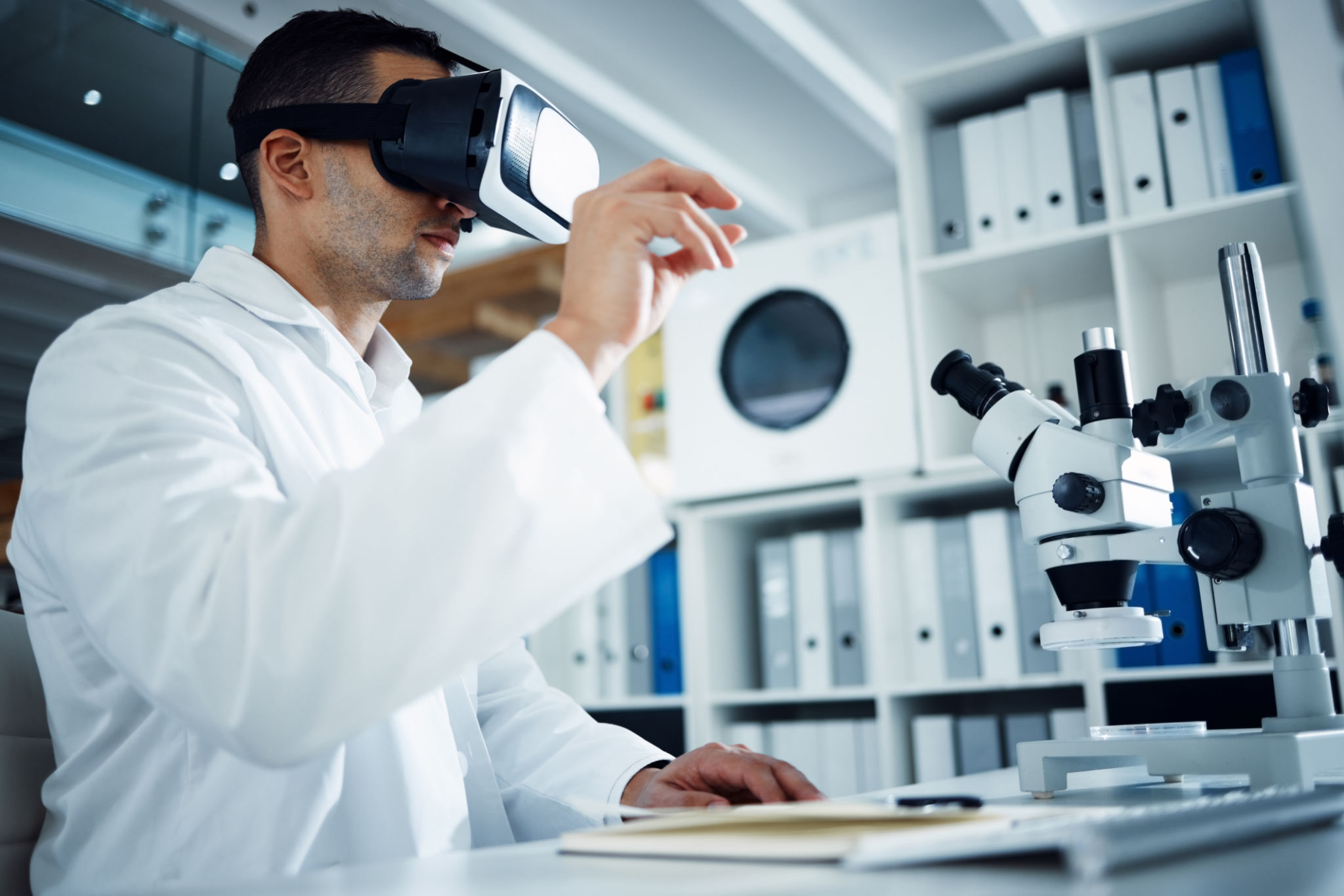Top Preventive Maintenance Tips for Medical Equipment Owners
The Importance of Preventive Maintenance
For medical equipment owners, preventive maintenance is not just a best practice—it is a necessity. Regular maintenance ensures that medical devices function correctly and safely, reducing the risk of failure during critical times. By implementing a preventive maintenance schedule, equipment owners can prolong the lifespan of their tools and guarantee the safety of both healthcare providers and patients.
Preventive maintenance involves routine checks and servicing of medical equipment to avoid unexpected breakdowns. This proactive approach helps in identifying potential issues before they become serious problems, thereby minimizing downtime and repair costs. Understanding and following a comprehensive maintenance plan is essential for any healthcare facility aiming to provide uninterrupted care.

Establishing a Maintenance Schedule
Creating a consistent maintenance schedule is crucial for the effective management of medical equipment. It allows for systematic inspections and servicing that align with manufacturer recommendations and regulatory requirements. Here are some steps to establish a reliable schedule:
- Inventory Management: Maintain an up-to-date inventory of all equipment, including details like brand, model, and service history.
- Assessment of Equipment: Prioritize equipment based on usage frequency and criticality to patient care.
- Schedule Creation: Develop a timeline for regular checks, including daily, weekly, monthly, and annual tasks.
By adhering to a structured schedule, medical facilities can ensure that all equipment receives the attention it needs to perform optimally.
Staff Training and Responsibilities
Proper training of staff is vital for the success of any preventive maintenance program. Staff members must be educated on how to operate equipment correctly and perform basic maintenance tasks. This can include cleaning, visual inspections, and ensuring that devices are stored appropriately.
Assigning specific maintenance responsibilities to trained staff members can enhance accountability and ensure tasks are completed on time. Regular training sessions and updates on new equipment technologies are also beneficial in keeping the team informed and competent.

Documentation and Record Keeping
Efficient documentation is a fundamental component of preventive maintenance. Keeping detailed records of all maintenance activities helps track the history of each piece of equipment and identify patterns or recurring issues. This documentation should include:
- Date of Service: The exact date when the maintenance was performed.
- Description of Work: A summary of the tasks completed during the service.
- Findings and Actions: Notes on any issues found and the actions taken to resolve them.
- Technician Details: Information on who performed the maintenance.
These records are invaluable for compliance with industry regulations and audits, ensuring that all equipment meets safety standards.

Utilizing Technology for Maintenance
Incorporating technology into preventive maintenance can greatly enhance its effectiveness. Use of specialized software can streamline scheduling, documentation, and tracking processes. These tools often come with features such as automated reminders, digital checklists, and real-time reporting capabilities.
Additionally, some advanced systems offer predictive maintenance capabilities, analyzing data from medical devices to predict potential failures before they occur. By leveraging technology, medical equipment owners can achieve higher efficiency in their maintenance programs.
The Benefits of Regular Preventive Maintenance
The advantages of regular preventive maintenance extend beyond just operational efficiency. Consistent upkeep assures compliance with healthcare regulations and standards, avoiding legal issues and fines. Moreover, it enhances the overall quality of patient care by ensuring that all medical devices are reliable and safe to use.
A proactive approach also contributes to cost savings in the long run by reducing emergency repairs and extending the lifespan of expensive equipment. Ultimately, preventive maintenance is an investment in both safety and operational excellence.

